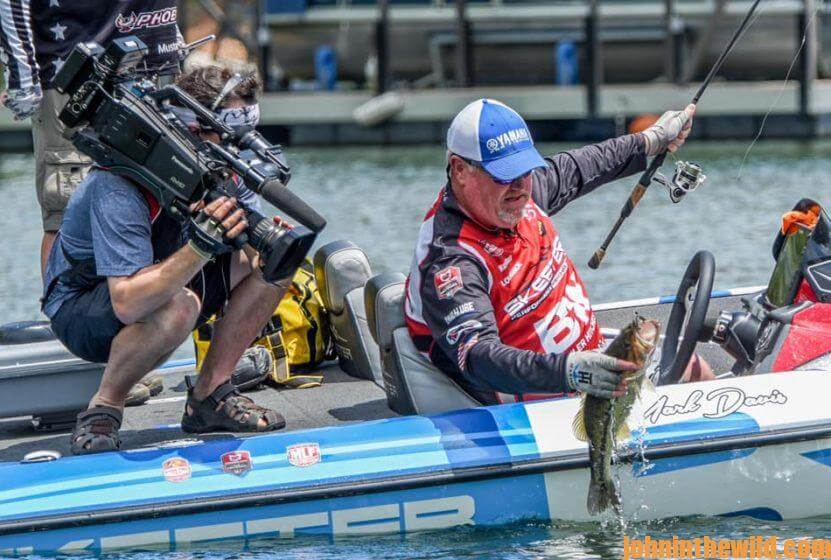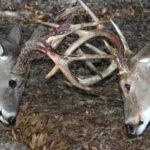Editor’s Note: Mark Davis of Mt. Ida, Arkansas (https://www.facebook.com/markdavisprobassfishing), has won the Angler-of-the-Year title three times and the Bassmaster Classic. He’s a very-consistent fisherman. Although Davis likes a buzzbait, he also fishes wake baits in cooler temperatures.
A wake bait is any type of top-water lure that stays on top of the water when you start your retrieve, wobbles from side to side and creates a wake on top of the water, just like a boat does. That’s all the action the bait has. It doesn’t pop, spit, bob or have any of the actions of other top-water lures. A wake bait swims on the surface like an addled or injured shad that for some reason can’t seem to go down and swim underwater.
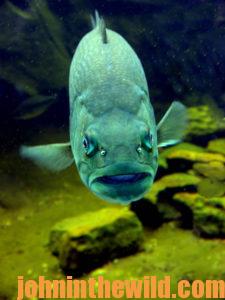 In the late fall or early winter and the early spring when the water starts to warm-up, the first top-water bite you can get usually will be on a wake bait. The Wake Shad makes a very-subtle disturbance on top of the water. It’s not popping like a Pop-R, it’s not darting and diving like a walking bait, and it’s not sputtering and splashing like a prop bait. The Wake Shad just moves slowly and easily across the top of the water. The reason I like this bait is it will get you a top-water bite much earlier or later in the year than any other lure will.
In the late fall or early winter and the early spring when the water starts to warm-up, the first top-water bite you can get usually will be on a wake bait. The Wake Shad makes a very-subtle disturbance on top of the water. It’s not popping like a Pop-R, it’s not darting and diving like a walking bait, and it’s not sputtering and splashing like a prop bait. The Wake Shad just moves slowly and easily across the top of the water. The reason I like this bait is it will get you a top-water bite much earlier or later in the year than any other lure will.
I’ve caught bass on the Wake Shad when the water temperature is as cold as 42 or 43 degrees. In some areas in the South, that’s the wintertime temperature of many of the lakes. Now one of the reasons the Wake Shad is such an effective winter bait is because often in the early winter in the South, cold fronts will come through, and when a cold front hits the lake, the shad become addled and disoriented. These cold fronts even may kill the shad. Many times as the shad start to die, they’ll come to the surface and begin to slowly swim around on the surface, just like the Wake Shad does. Knowing that this happens every year, the bass will be up near the surface looking for these dazed and dying shad that present big meals easy for the bass to catch without expending much energy. I’ve learned this technique when I’ve been fishing for saltwater striped bass and have caught numbers of largemouths and spotted bass with this tactic in cold water.
Strike King developed the Wake Shad, because for many years the company had modified different baits that weren’t meant to be wake baits but that would move across the top of the water and give off this wake. But the Strike King Wake Shad was actually designed and built to give that waking action that pro fishermen found to be so deadly. Again, I’m fishing the Wake Shad when most anglers haven’t even thought about fishing a top-water lure, because the water’s so cold. So, what the creation of the Wake Shad has done for us is given us a new lure the bass haven’t seen before that we can use at a time of the year when most anglers aren’t even fishing, and especially aren’t fishing top-water lures.
* What Equipment Mark Davis Uses to Fish the Wake Shad for Late Fall Bass: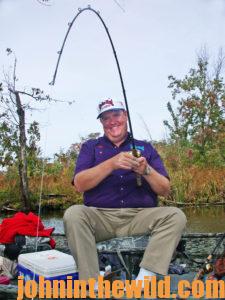
When I’m fishing the Wake Shad, I like 14- or 15-pound-test monofilament line on a baitcasting rod or reel. You can cast this lure on spinning tackle, but I prefer to use baitcasting tackle. The reason I prefer monofilament instead of fluorocarbon is because the monofilament floats and helps keep the lure above the water. You probably can use bigger than 14- or 15-pound-test line, but I like that size. I can cast it further than I can cast heavier line. When I’m fishing the Wake Shad, I like to make long casts to give the bait plenty of time to attract the bass before the bait gets back to the boat. To help me make those long casts, I like a 7-foot medium-action rod. Most fishermen already have this kind of rod and line, so you don’t have to buy any special equipment to fish the Wake Shad.
Once the leaves are off the trees, more sportsmen are thinking about deer and duck hunting, rather than bass fishing. Even though most fishermen believe that bass are deep at this time of year, don’t overlook these top-water baits, because some of the best tournament-bass fishermen in the nation are using them right now for fall and wintertime bass.
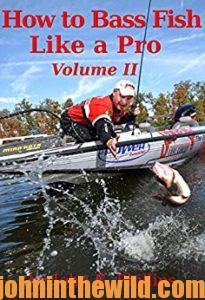 To learn more about catching bass, check out John E. Phillips’ latest book just published in October, 2020, “How to Bass Fish Like a Pro, Volume II,” at https://amzn.to/3kb0QI6, available in Kindle and soon to be available in print and Audible. You may have to copy and paste this click into your browser.
To learn more about catching bass, check out John E. Phillips’ latest book just published in October, 2020, “How to Bass Fish Like a Pro, Volume II,” at https://amzn.to/3kb0QI6, available in Kindle and soon to be available in print and Audible. You may have to copy and paste this click into your browser.
Tomorrow: Catch Bass in November with Mark Davis with Crankbaits and Jigs



